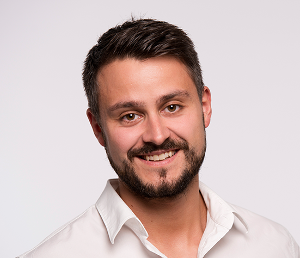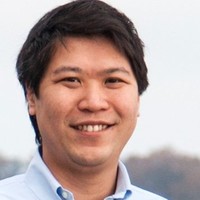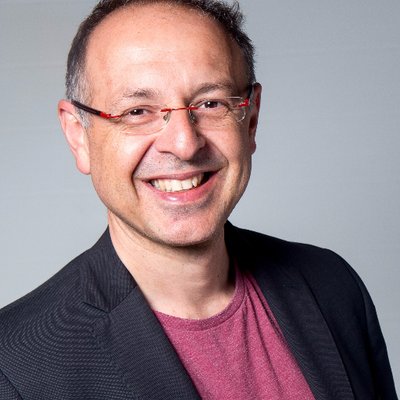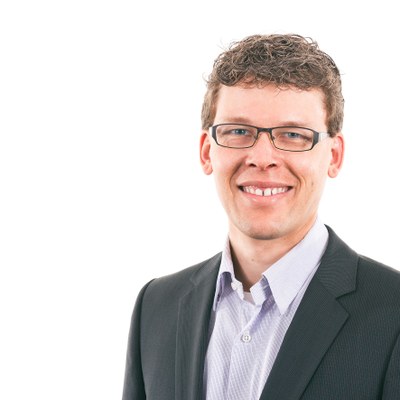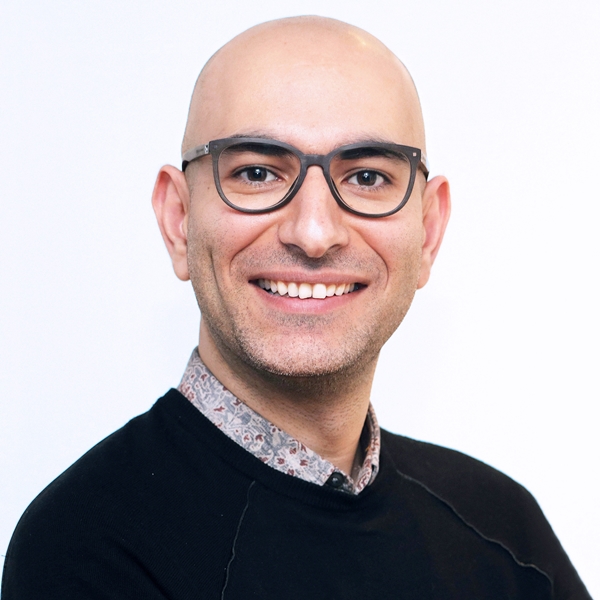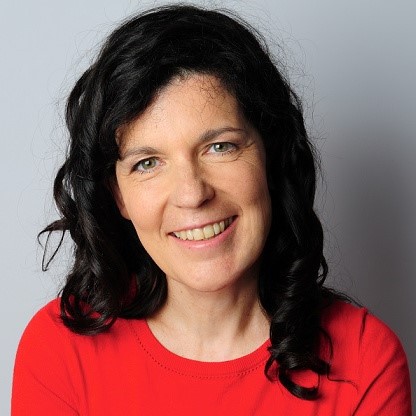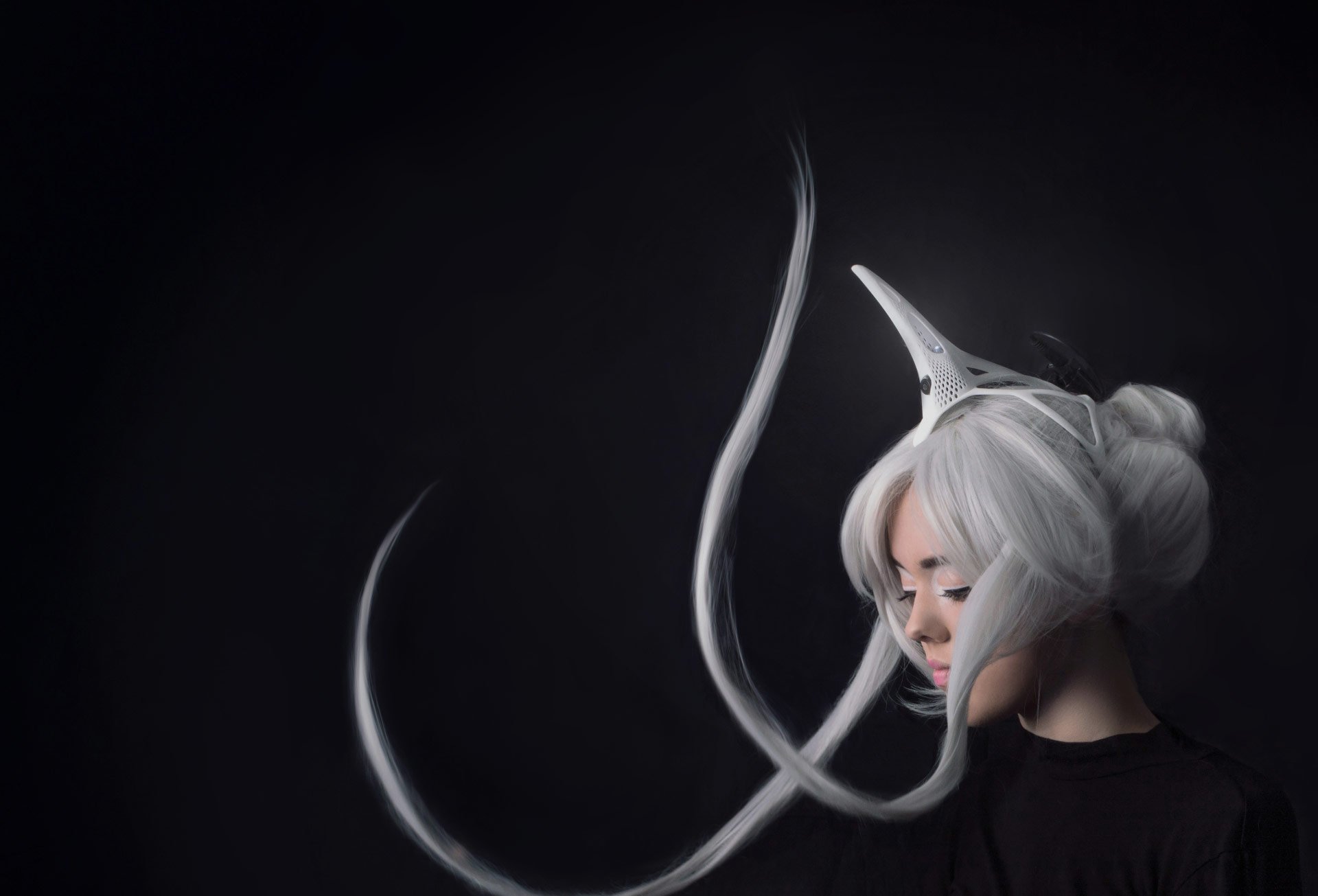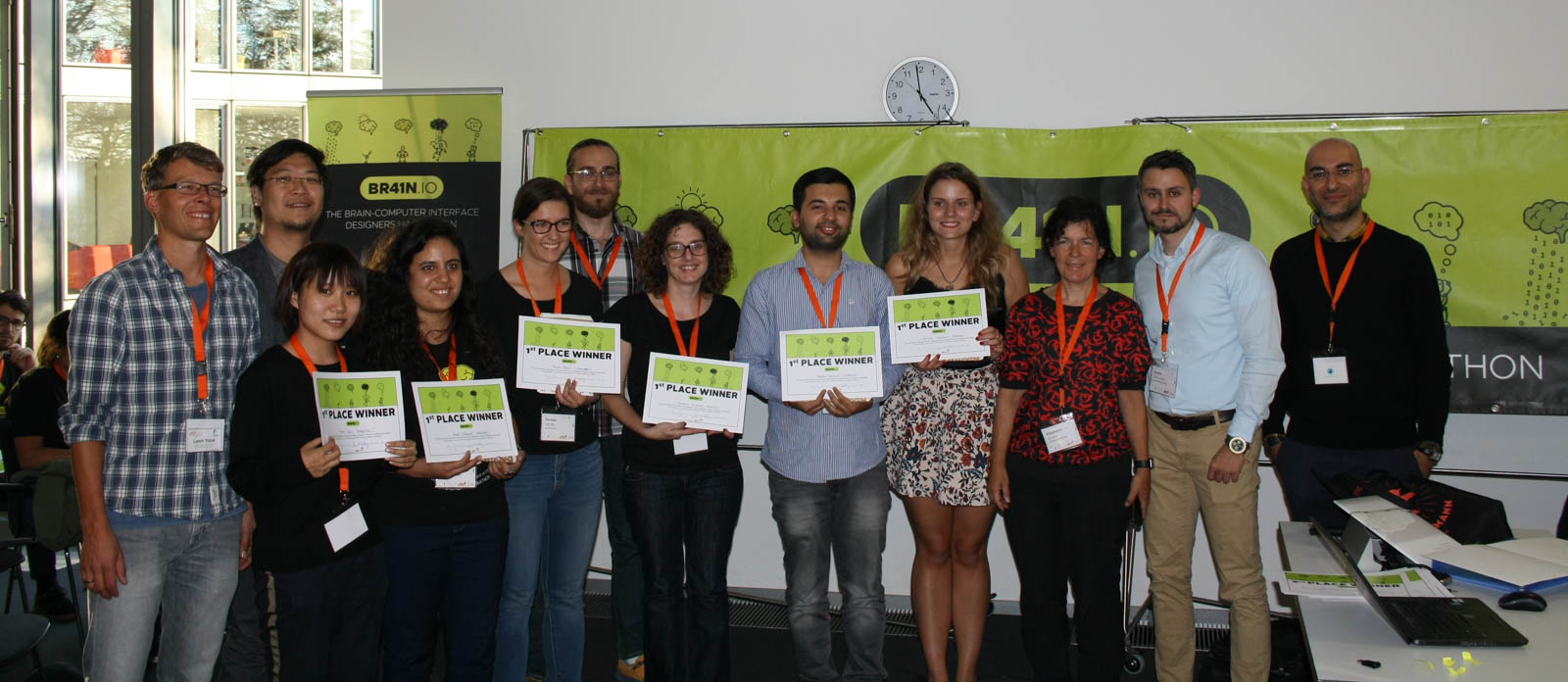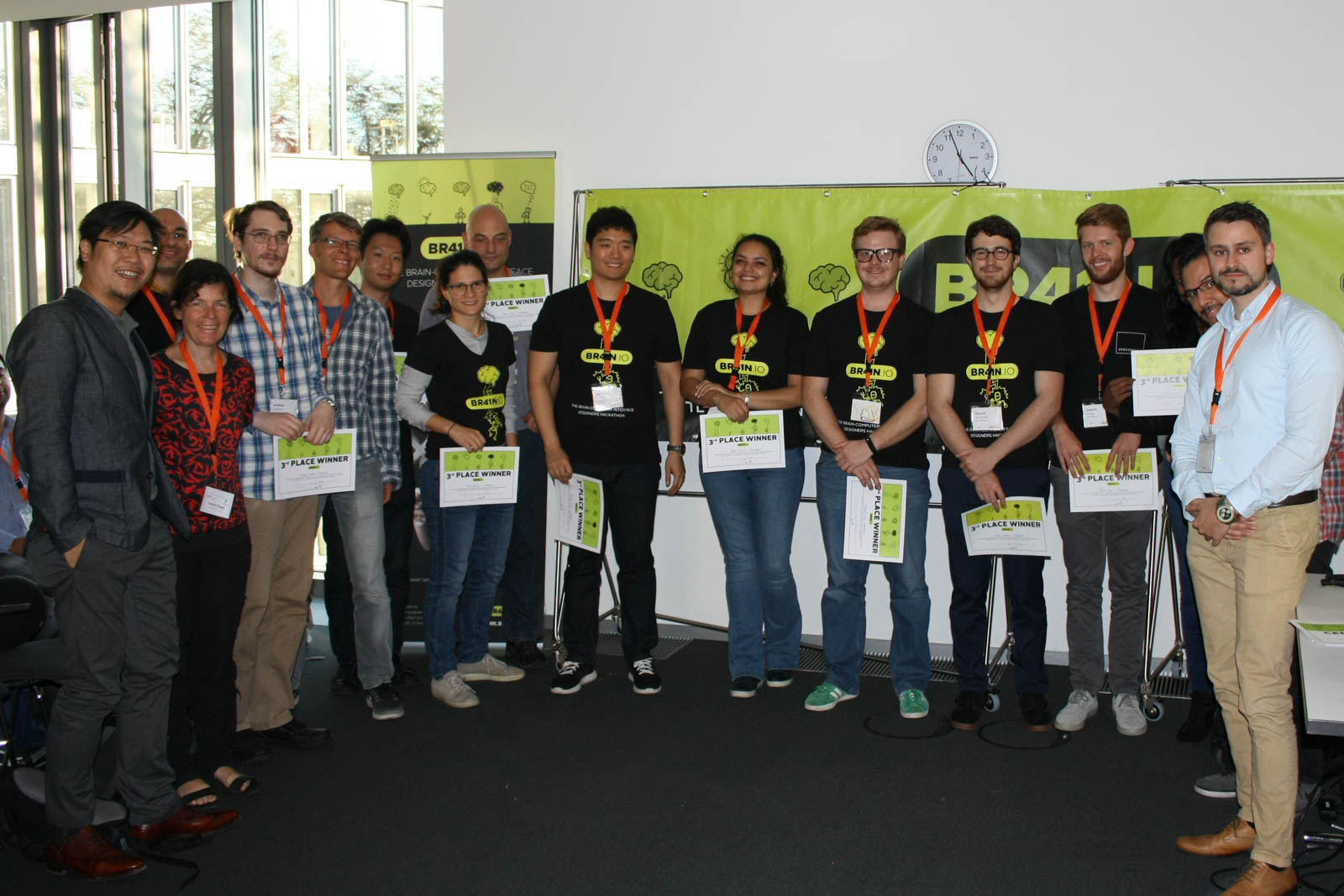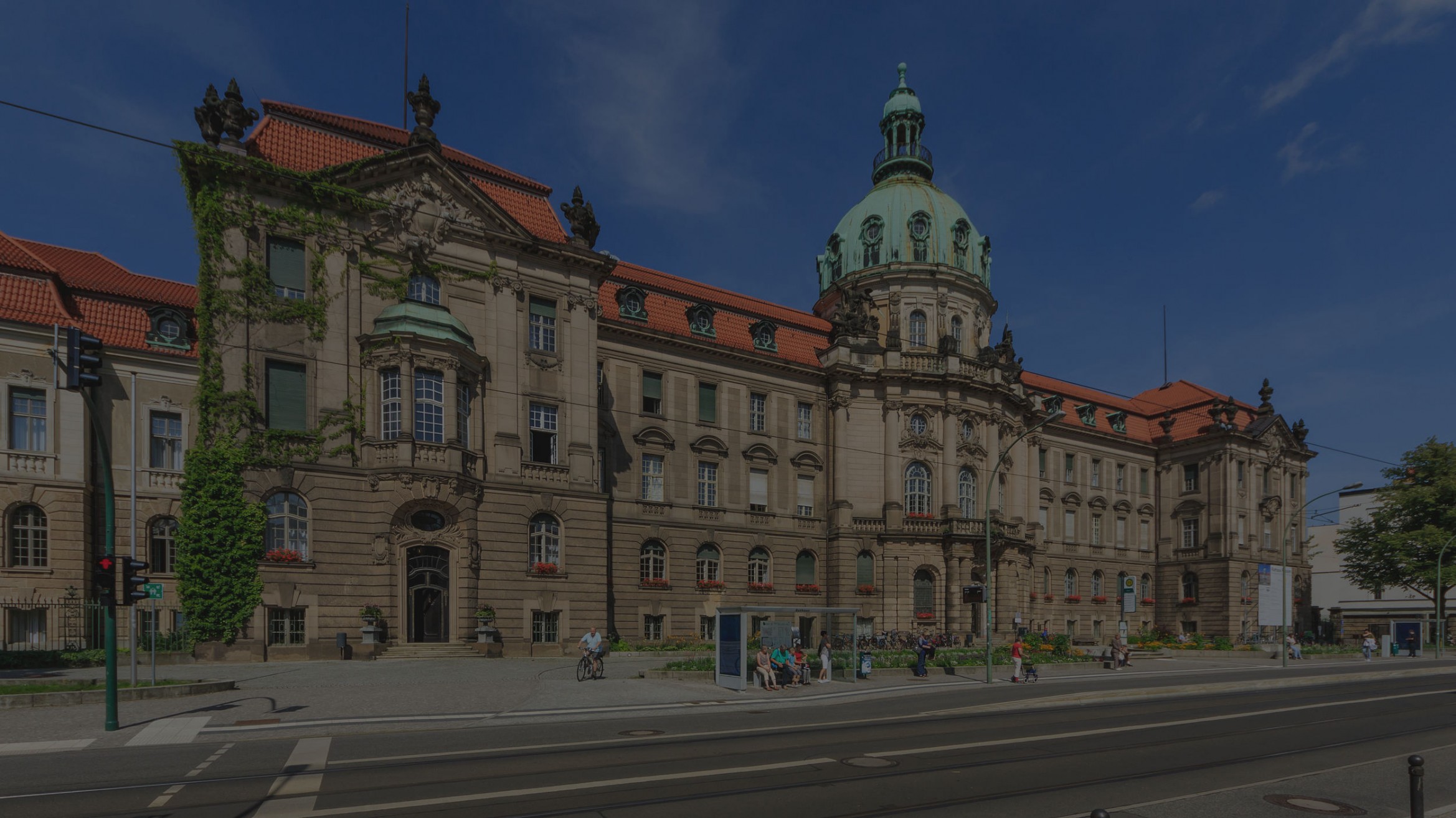
BR41N.IO AT 2018 UIST SCHOOL
October 13-14, 2018 at Hasso-Plattner Institute
University of Potsdam, Germany


THE BR41N.IO DESIGNERS HACKATHON AT
UIST SCHOOL 2018
Brain Hackathons are brainstorming and collaborative marathons designed to rapidly produce working prototypes. At 2018 UIST School, BR41N.IO brings developers, technologists, engineers, students, artists, and scientists together in teams of 5 participants each over 2 days to cram and build solutions that they can present. Hence, the Hackathon provides an environment for innovation and entrepreneurship. By putting creative minds from multiple disciplines together for a short period of time, we have the opportunity to discover and uncover possibilities for using BCI-related hardware and software not readily thought of. Hacks and innovation developed from the BR41N.IO Hackathon have great potential for commercialization and are designed to be a learning experience for everyone.
There are several predefined projects at the hackathon, which the participants can choose to work on. Below, the projects are described in detail including hard- and software specifications as well as the number of possible participants for each project. Motor imagery and EP based systems are mostly used to control the applications. Specific hardware for the projects will be provided, however, software should already be installed on your personal laptop before you come to the hackathon. If you would like to attend the hackathon, you must register for ACM Symposium.
Read more about UIST School program: 2018 UIST School: 31th ACM Symposium
Who can participate?
Anyone can participate who has interests in BMI, BCI, robotics, AR, VR, machine learning, computing, sensors, human-machine interface systems, control, signal processing, big data, haptics, rehabilitation, and similar areas. One does not have to be a BMI expert to participate on a team! Interdisciplinary teams with a combination of BMI and non-BMI skills are often successful in building solutions and producing working prototypes.
Can I submit a different project?
Professional teams can also participate to develop applications during the Hackathon to demonstrate full potential of some of the sponsored hardware/software. If you are looking for team members, your project will be included in the table plan below where people can apply for it. Submit your project to contact@br41n.io.
What's in there for me?
Be creative, think outside the box. The Hackathon is fun and gets you to network and collaborate with other Geeks. The best Hackathon projects will be awarded with cash prizes:
- IEEE Brain Prize: € 500*
* Travel budget + 1 free registration and acceptance to present hackathon results during the poster session at the IEEE Brain Initiative Workshop on Advanced NeuroTechnologies on November 1-2, 2018 in San Diego, USA
HACKATHON SCHEDULE
Address: Hasso-Plattner Institut, Prof. Dr. Helmertstrasse 2-3, 14482 Potsdam
Room: H-2.57 and H-2.58
Saturday, 2018/10/13
| 10:00–10:30 | Welcome |
| 10:30–11:00 |
Current and future applications of |
| 11:00–11:30 |
How to run a real-time BCI application |
| 11:30–12:00 | Unicorn demo Armin Schnürer, g.tec neurotechnology, Austria |
| 12:00–13:00 | Hacker groups and mentoring |
| 13:00 | START: BR41N.IO HACKATHON |
Sunday, 2018/10/14
| 10:00–10:45 | The physiological basis for BCIs Lewis Chuang, University of Munich |
| 13:00 | END: BR41N.IO HACKATHON |
| 13:00–14:00 | Preparation Project presentations |
| 14:00–15:00 | Project presentations |
| 15:00–15:30 | Meeting Hackathon Jury |
| 15:30–16:00 | BR41N.IO Ceremony |
| 19:00 | Hackathon project demos at UIST opening reception |
HACKATHON JURY
BCI PRINCIPLES
Brain-computer interfaces are realized by 4 different principles:
slow waves
steady-state visual evoked potentials (SSVEP)
motor imagery (MI)
evoked potentials (EP)
In the BR41N.IO Hackathon Series, motor imagery and EP based systems
are mostly used to control the applications:
In the case of the motor imagery application, participants have to imagine e.g. left or right hand movement to produce an event-related desynchronization over the sensorimotor cortex. This is basically an amplitude change of the alpha and beta regions of the EEG.
In the case of EPs, the BCI system is showing different flashing icons and the user has to attend to the icon he wants to select. When the icon flashes on the computer screen, than a P300 wave is produced in the brain and the BCI system is able to detect it.
HACKING PROJECTS
Unicorn Smart Home Control
The unicorn is supported by the P300 based spelling application intendiX. It is possible to control home devices such as lamps, radios or television. Watch the intendiX/extendiX Smart Home video.
soft-/hardware specifications: unicorn, everyday objects (bring your own objects)
participants: 1-2 groups, 5-7 people per group
skills: Basic programming skills (Matlab, Simulink)
Unity Games
It is possible to create a brain-controlled unity game.
soft-/hardware specifications: Unicorn
participants: 1-2 groups, 5-7 people per group
Skills: Basic programming skills (Matlab, Simulink), Basic graphics programming with Unity
Unicorn Sphero Control
The unicorn is supported by the P300 based spelling application intendiX. It is possible to controll a robotic ball called Sphero with intendiX. Watch the Sphero Control video.
soft-/hardware specifications: unicorn, Sphero
participants: 1-2 groups, 5-7 people per group
skills: Basic programming skills (C#)
Your Hacking Project
O.D.E. to Länadk
A player will interact wit a live bacterial mix (the kind found in yogurt) to save it from dying due to interactions with small voltages also triggered by brain activity. Read more: O.D.E. to Länadk
soft-/hardware specifications: unicorn
participants: 1 group, 5-7 people per group
skills: Basic programming skills
Dream Painting
To use the dream painting app, the user is wearing an unicorn headset while sleeping. When he wakes up, he will get an image created according to his EEG signals.
soft-/hardware specifications: g.USBamp
participants: 1-2 groups, 5-7 people per group
skills: Basic programming skills (Matlab, Simulink)
THAT WAS BERLIN 2018. THANK YOU!
IEEE BRAIN WINNER
Team "Fantastic Four"
This team used the P300 speller interface to control a robot for painting for disabled people to cooperate with healthy users and create pictorial art together.
Team members: Juan Villamizar, Carlos Tejada, Yi-Chi Liao, Aurelien Appriou
1. PLACE WINNER
Team "DreamTeam"
Brainwaves of one subject are analyzed and audio feedback was sent to the second subject. The mind of the second subject was translated into visual feedback and sent back to subject one.
Team members: Teresa Hirzle, Evgeny Stemasov, Evangelia Boufurdea, Svetlana Shiskkovets, Xiyue Wang, Passat ElAgnoudy, Siddharth Mehrotra
2. PLACE WINNER
Team "TNT"
This team improved the classical “Tetris” experience by adding the BCI component. Using a P300 speller one subject could influence the type and rotation of the pieces, then the second subject had to use and place.
Team members: Thomas Dreja, Bruno Fruchard, David Porfirio, Marc Teyssier, Juan Restrepo
3. PLACE WINNER
Team "BrainShare"
The team used a P300 BCI to send commands to a Microsoft HoloLens. The “mobile” user shared views with the “stationary” user, while the stationary user gave commands to the mobile user.
Team members: Vincent Rouanne, Gabriel Haas, Liliana Barrios, Sarah Faltaous, Han Joo Chae, Sebastian Rauh, Andreas Seiderer, Keigo Matsumoto, Richard Meinsen
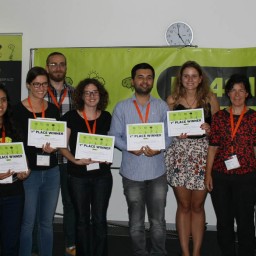 1st br41nio dreamteam
1st br41nio dreamteam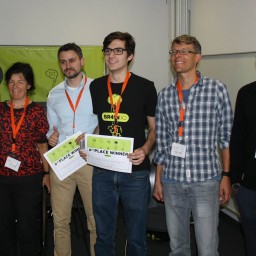 2nd%20br41nio TNT
2nd%20br41nio TNT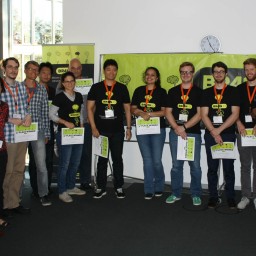 3rdBr41n.io
3rdBr41n.io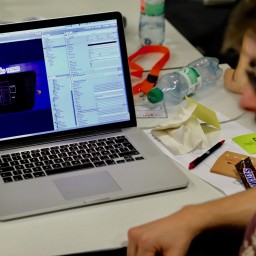 2018 10 13 021337
2018 10 13 021337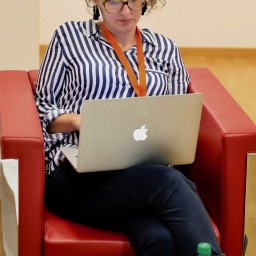 2018 10 13 021339
2018 10 13 021339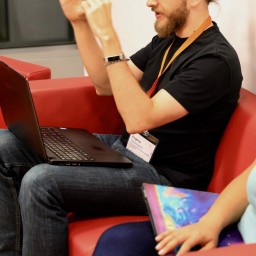 2018 10 13 021344
2018 10 13 021344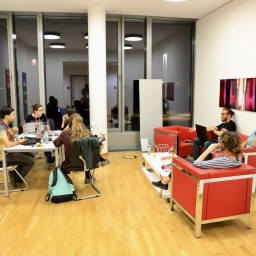 2018 10 13 021346
2018 10 13 021346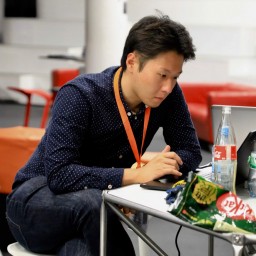 2018 10 13 021348
2018 10 13 021348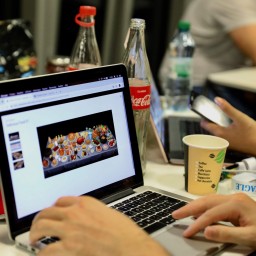 2018 10 13 021351
2018 10 13 021351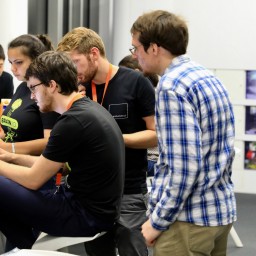 2018 10 13 021353
2018 10 13 021353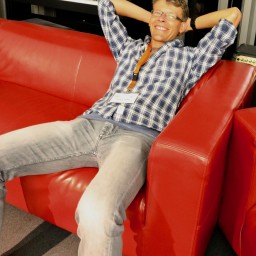 2018 10 13 021356
2018 10 13 021356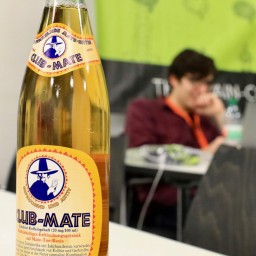 2018 10 13 021357
2018 10 13 021357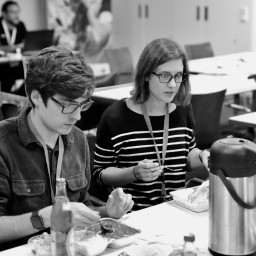 2018 10 13 021360
2018 10 13 021360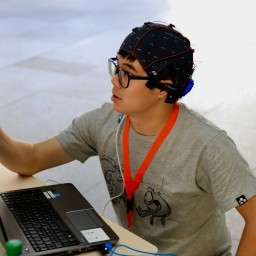 2018 10 13 021362
2018 10 13 021362 2018 10 13 021363
2018 10 13 021363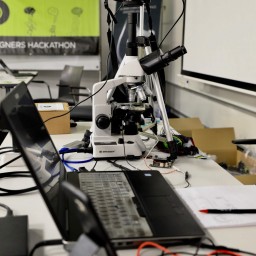 2018 10 13 021365
2018 10 13 021365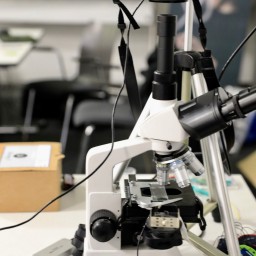 2018 10 13 021366
2018 10 13 021366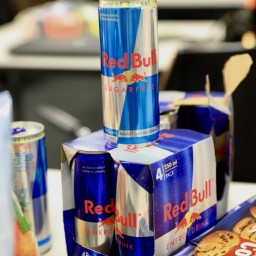 2018 10 13 021367
2018 10 13 021367 2018 10 13 021368
2018 10 13 021368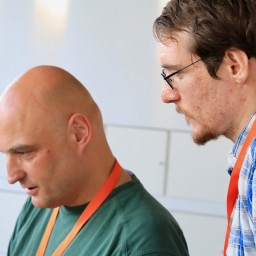 2018 10 13 021373
2018 10 13 021373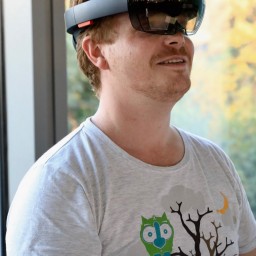 2018 10 13 021374
2018 10 13 021374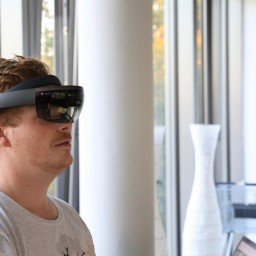 2018 10 13 021375
2018 10 13 021375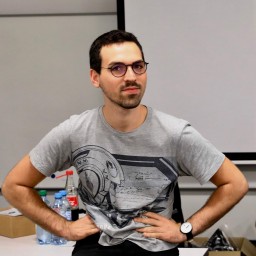 2018 10 13 021376
2018 10 13 021376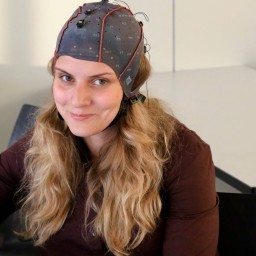 2018 10 13 021379
2018 10 13 021379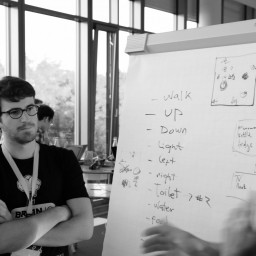 2018 10 13 021380
2018 10 13 021380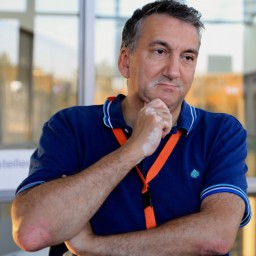 2018 10 13 021382
2018 10 13 021382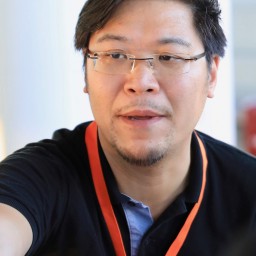 2018 10 13 021384
2018 10 13 021384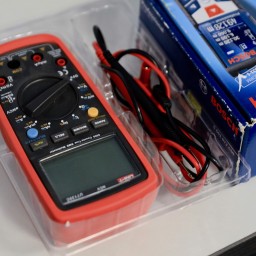 2018 10 13 021389
2018 10 13 021389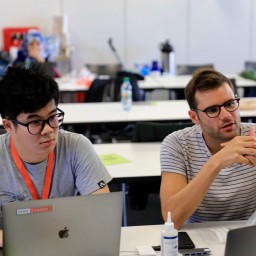 2018 10 13 021390
2018 10 13 021390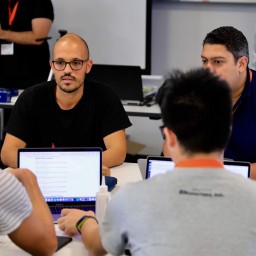 2018 10 13 021396
2018 10 13 021396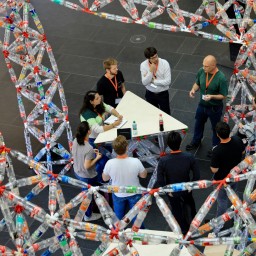 2018 10 13 021399
2018 10 13 021399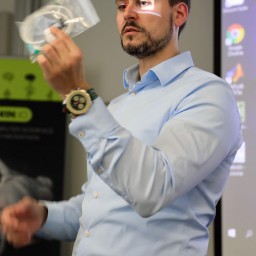 2018 10 13 021403
2018 10 13 021403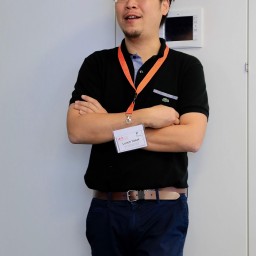 2018 10 13 021411
2018 10 13 021411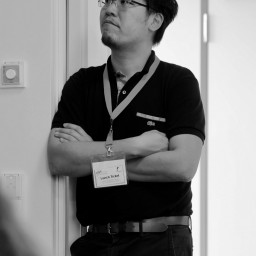 2018 10 13 021413
2018 10 13 021413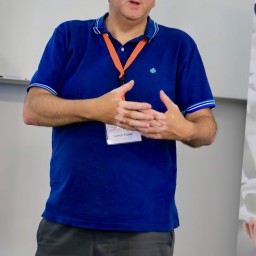 2018 10 13 021416
2018 10 13 021416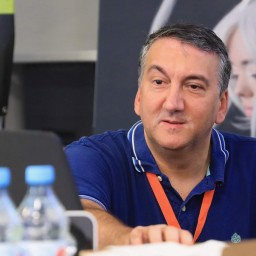 2018 10 13 021417
2018 10 13 021417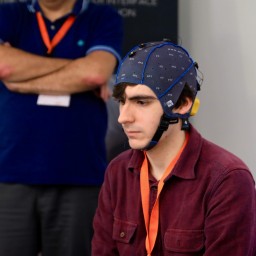 2018 10 13 021419
2018 10 13 021419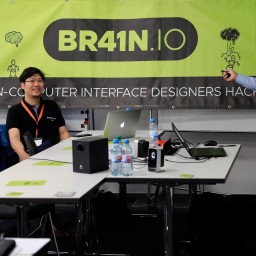 2018 10 13 021425
2018 10 13 021425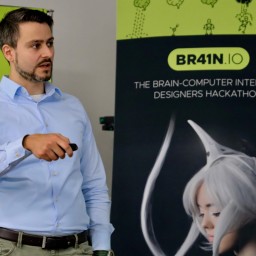 2018 10 13 021427
2018 10 13 021427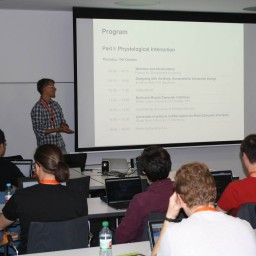 BR41N.IO-Berlin-2018-1
BR41N.IO-Berlin-2018-1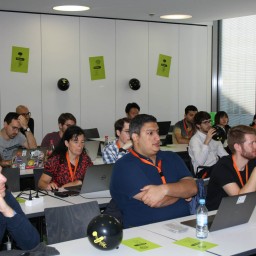 BR41N.IO-Berlin-2018-2
BR41N.IO-Berlin-2018-2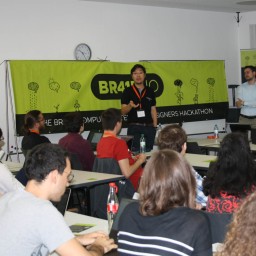 BR41N.IO-Berlin-2018-3
BR41N.IO-Berlin-2018-3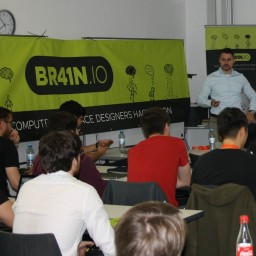 BR41N.IO-Berlin-2018-4
BR41N.IO-Berlin-2018-4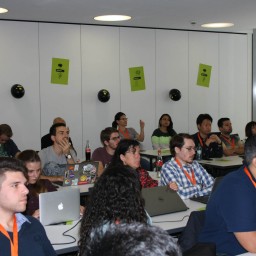 BR41N.IO-Berlin-2018-5
BR41N.IO-Berlin-2018-5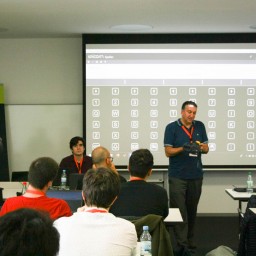 BR41N.IO-Berlin-2018-6
BR41N.IO-Berlin-2018-6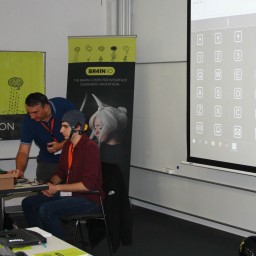 BR41N.IO-Berlin-2018-7
BR41N.IO-Berlin-2018-7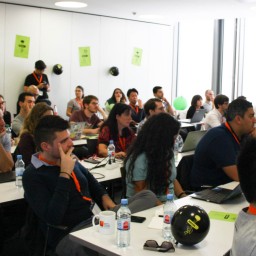 BR41N.IO-Berlin-2018-8
BR41N.IO-Berlin-2018-8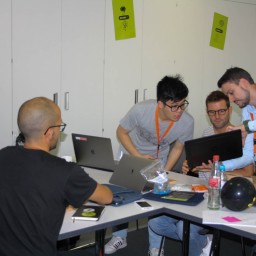 BR41N.IO-Berlin-2018-9
BR41N.IO-Berlin-2018-9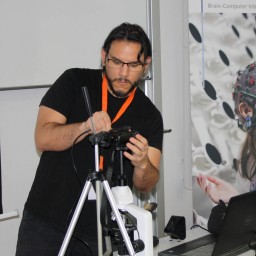 BR41N.IO-Berlin-2018-10
BR41N.IO-Berlin-2018-10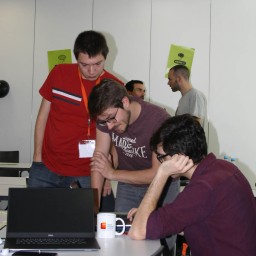 BR41N.IO-Berlin-2018-11
BR41N.IO-Berlin-2018-11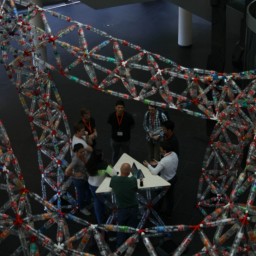 BR41N.IO-Berlin-2018-12
BR41N.IO-Berlin-2018-12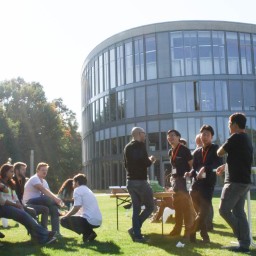 BR41N.IO-Berlin-2018-13
BR41N.IO-Berlin-2018-13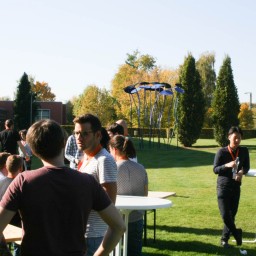 BR41N.IO-Berlin-2018-14
BR41N.IO-Berlin-2018-14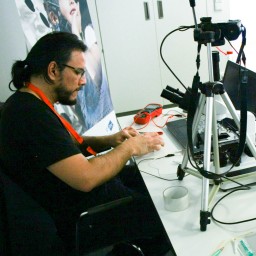 BR41N.IO-Berlin-2018-15
BR41N.IO-Berlin-2018-15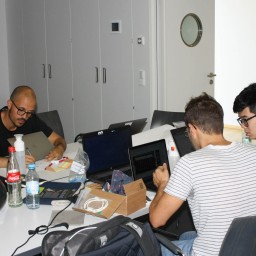 BR41N.IO-Berlin-2018-16
BR41N.IO-Berlin-2018-16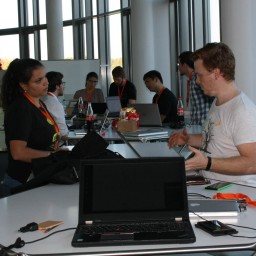 BR41N.IO-Berlin-2018-17
BR41N.IO-Berlin-2018-17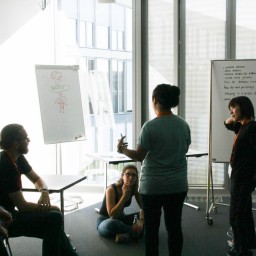 BR41N.IO-Berlin-2018-18
BR41N.IO-Berlin-2018-18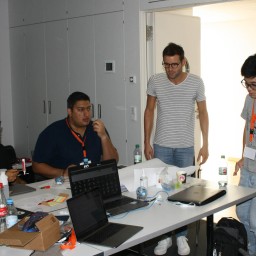 BR41N.IO-Berlin-2018-19
BR41N.IO-Berlin-2018-19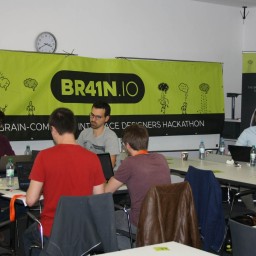 BR41N.IO-Berlin-2018-20
BR41N.IO-Berlin-2018-20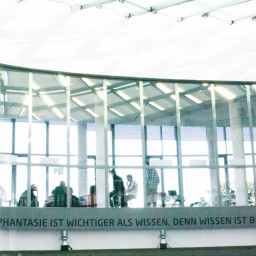 BR41N.IO-Berlin-2018-21
BR41N.IO-Berlin-2018-21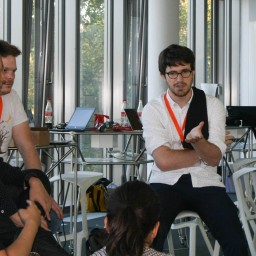 BR41N.IO-Berlin-2018-22
BR41N.IO-Berlin-2018-22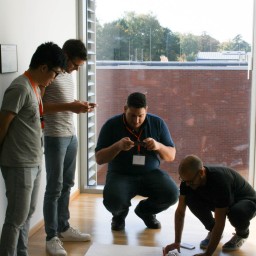 BR41N.IO-Berlin-2018-23
BR41N.IO-Berlin-2018-23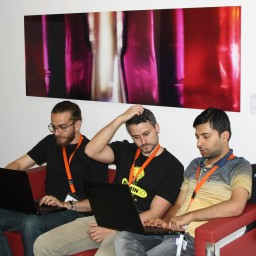 BR41N.IO-Berlin-2018-24
BR41N.IO-Berlin-2018-24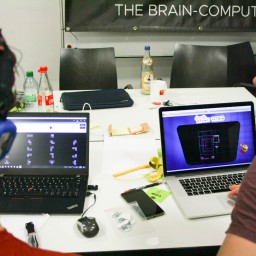 BR41N.IO-Berlin-2018-25
BR41N.IO-Berlin-2018-25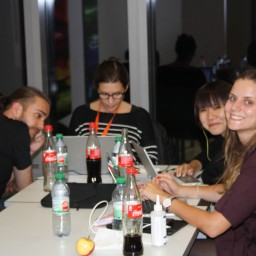 BR41N.IO-Berlin-2018-26
BR41N.IO-Berlin-2018-26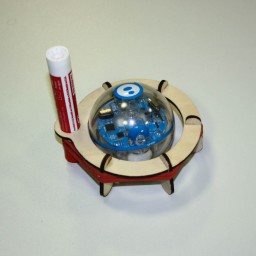 BR41N.IO-Berlin-2018-27
BR41N.IO-Berlin-2018-27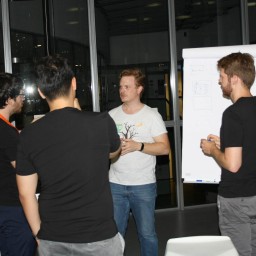 BR41N.IO-Berlin-2018-28
BR41N.IO-Berlin-2018-28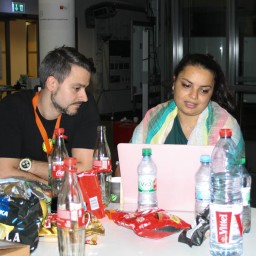 BR41N.IO-Berlin-2018-29
BR41N.IO-Berlin-2018-29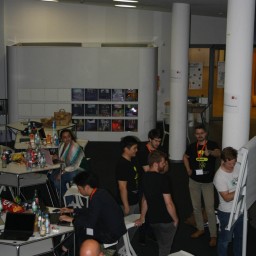 BR41N.IO-Berlin-2018-30
BR41N.IO-Berlin-2018-30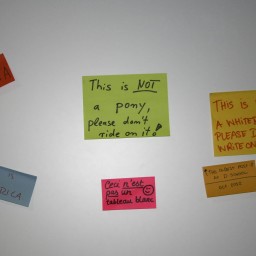 BR41N.IO-Berlin-2018-31
BR41N.IO-Berlin-2018-31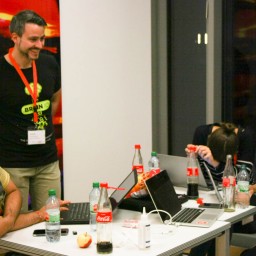 BR41N.IO-Berlin-2018-32
BR41N.IO-Berlin-2018-32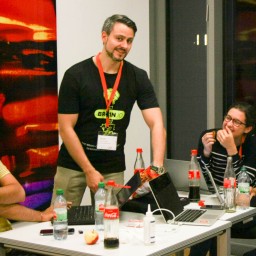 BR41N.IO-Berlin-2018-33
BR41N.IO-Berlin-2018-33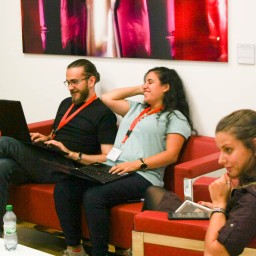 BR41N.IO-Berlin-2018-34
BR41N.IO-Berlin-2018-34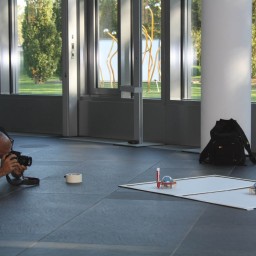 BR41N.IO-Berlin-2018-35
BR41N.IO-Berlin-2018-35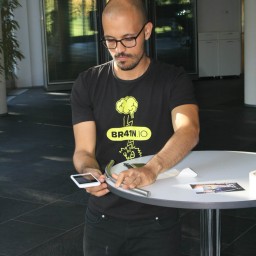 BR41N.IO-Berlin-2018-36
BR41N.IO-Berlin-2018-36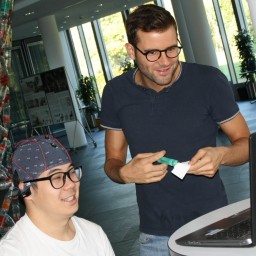 BR41N.IO-Berlin-2018-37
BR41N.IO-Berlin-2018-37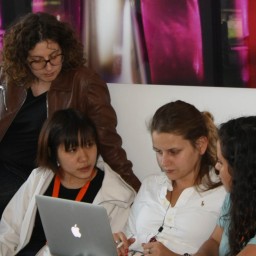 BR41N.IO-Berlin-2018-38
BR41N.IO-Berlin-2018-38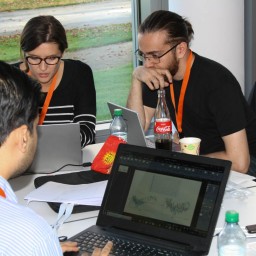 BR41N.IO-Berlin-2018-39
BR41N.IO-Berlin-2018-39
